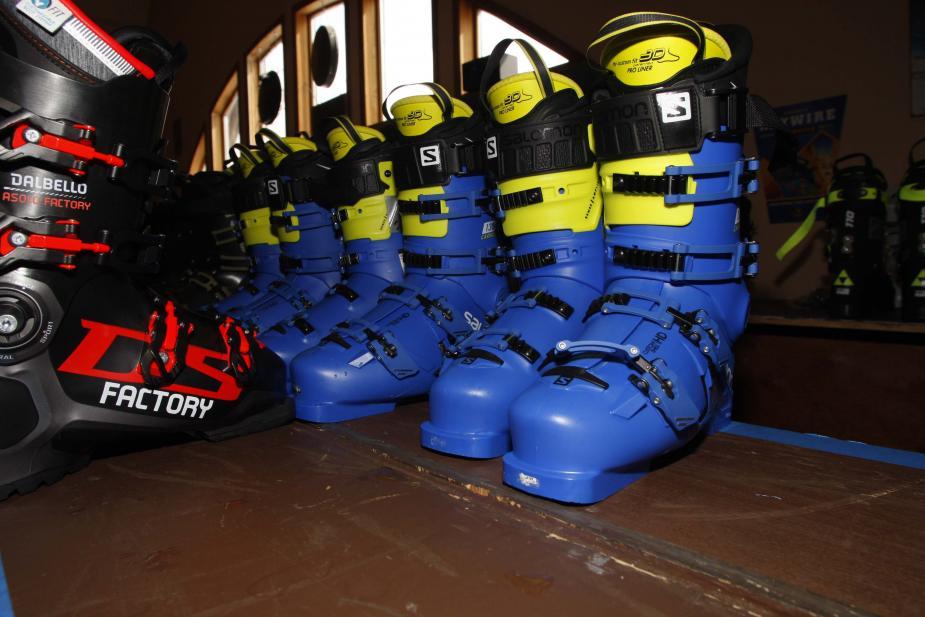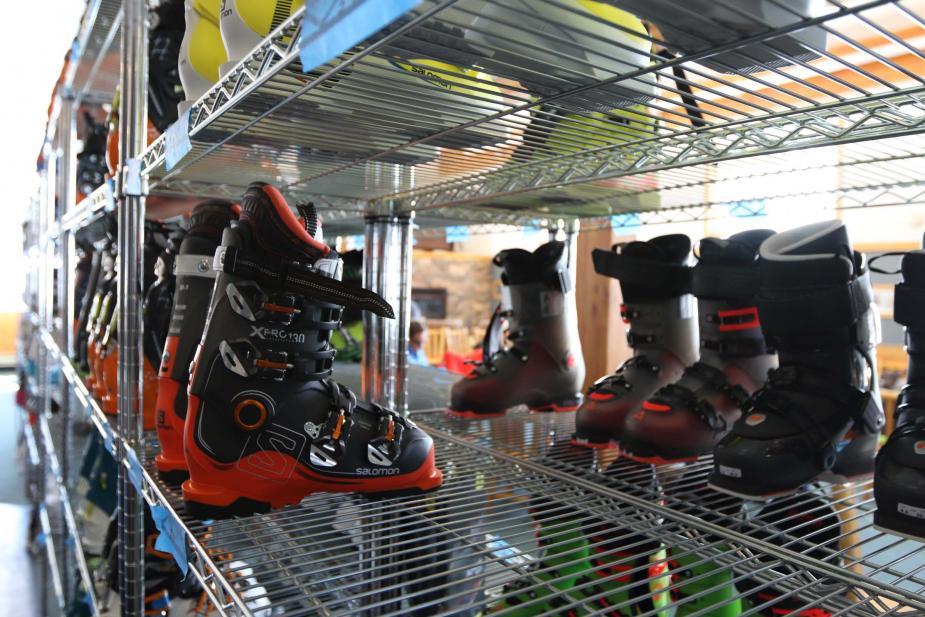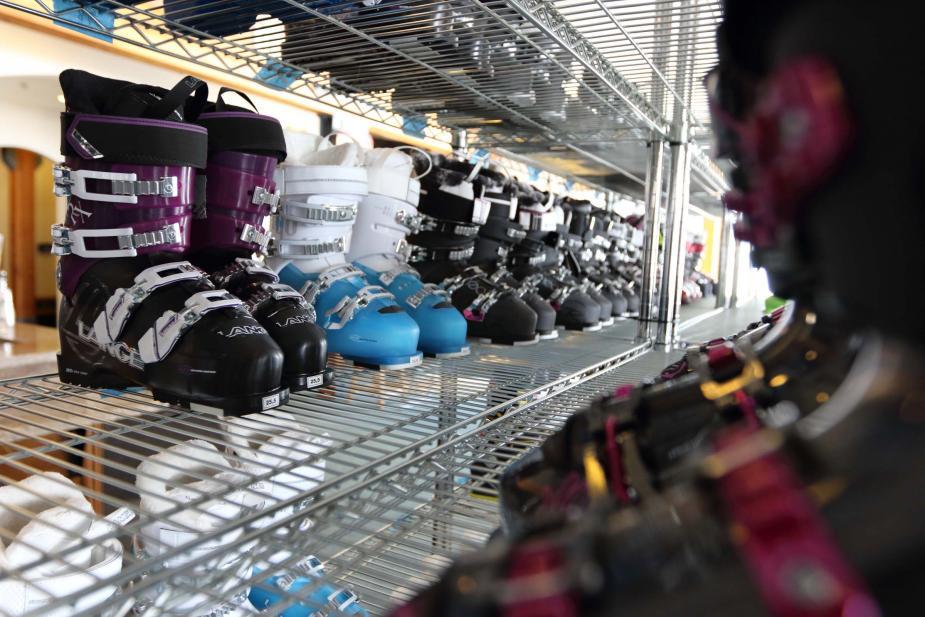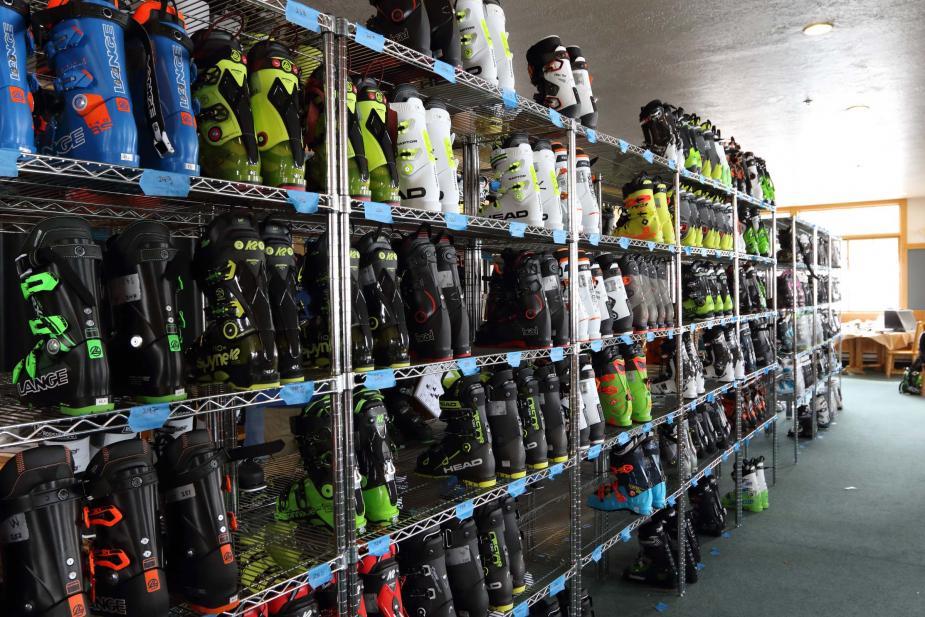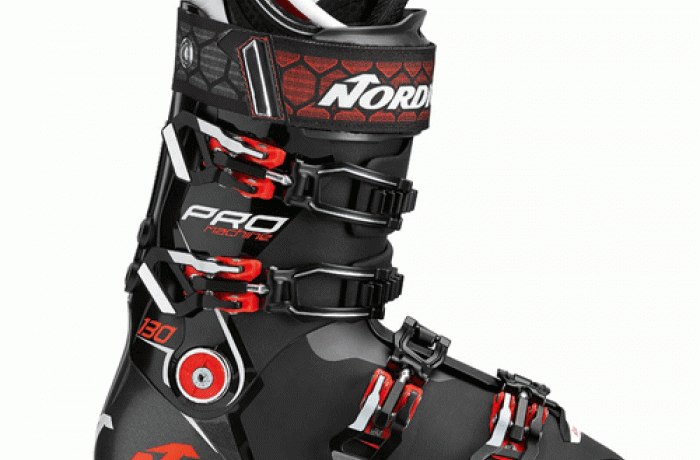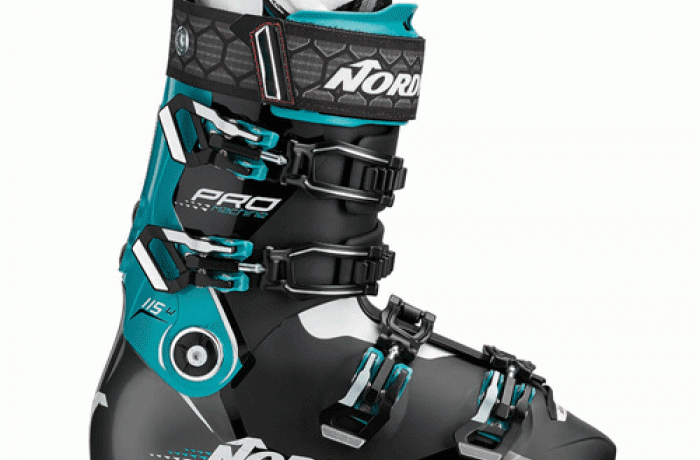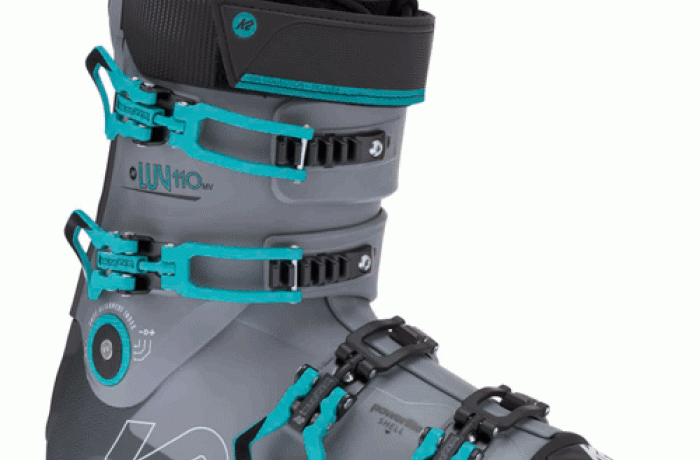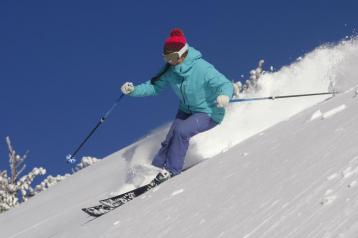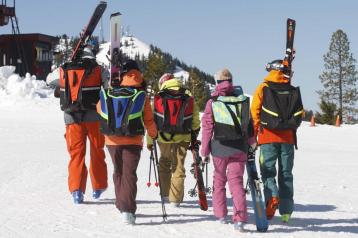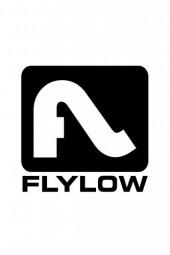
What's New in Boots? The Wearable Lightness of Skiing
To make a lighter boot one would think you either need to use lighter weight plastic or find a way to use less of the heavier stuff, right? Actually you need less of it, either way, because lightweight polyamide plastics like Grilamid (nylon family) are notoriously stiff--if they are used in traditional Alpine shell wall thicknesses the boot becomes too rigid, and entry and exit become especially difficult. This is why nylons were first used in boot components that didn't need to bend much—consider the rigid external tongues of the Raichle Flexons and the rigid, rear-hinged cuffs of the Salomon rear-entry boots.
Jump forward a few decades and we find the lighter materials and thinner shell walls coming together mainly in boots designed to go both up and down (aka All-Mountain Freeride boots) while more area-centric All-Mountain Traditional models tend to stick with polyurethane family plastics. This newest class of freerider marries light and stiff plastics, tech binding compatibility and Alpine-level performance much better than in the past.
